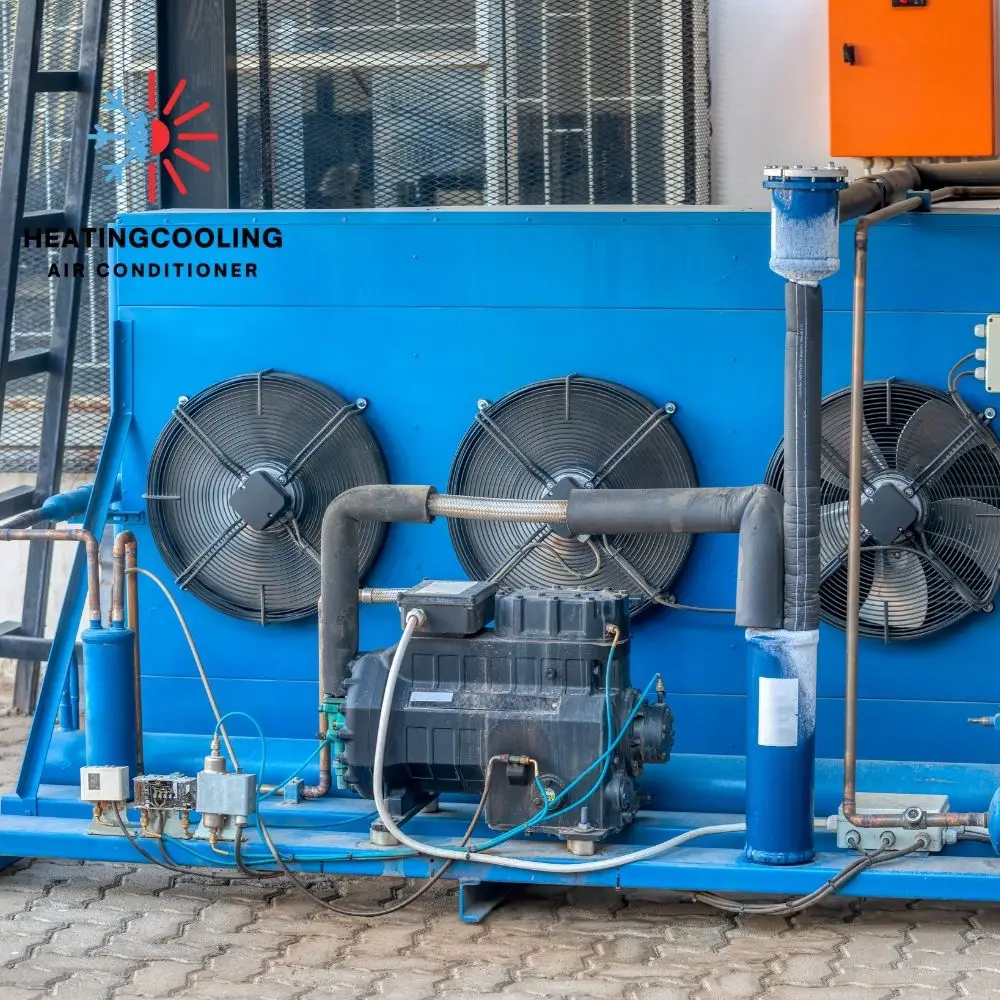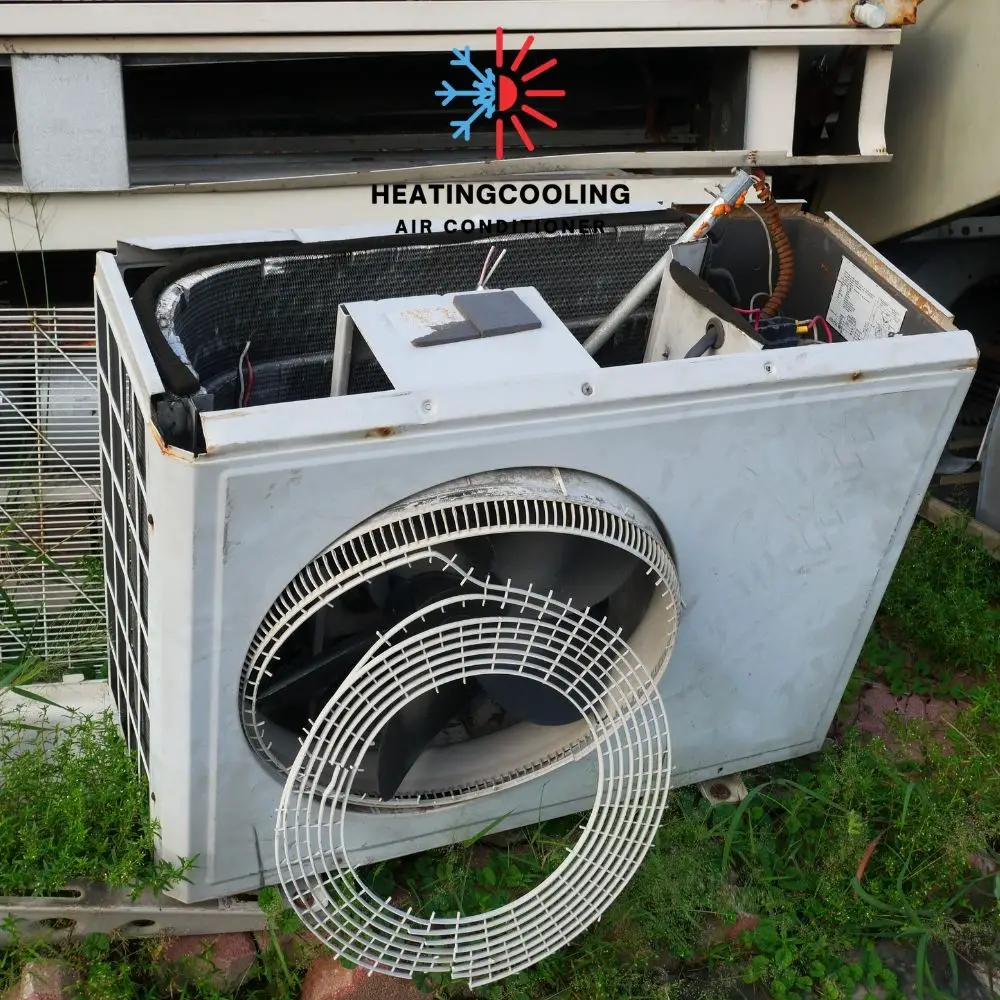Refrigerants play a crucial role in our daily lives, from keeping our food fresh to maintaining comfortable indoor temperatures. However, the widespread use of certain refrigerants has raised concerns about their impact on the environment. These refrigerants, known as chlorofluorocarbons (CFCs) and hydrochlorofluorocarbons (HCFCs), have been found to contribute to ozone depletion and global warming. In response, international agreements like the Montreal Protocol have led to the phasing out of these harmful substances. This article aims to explore the environmental impact of refrigerants, discuss the alternatives available, and assess their effectiveness in mitigating climate change.
Environmental Impact of Refrigerants

CFCs and HCFCs were widely used as refrigerants due to their excellent performance and stability. However, it was later discovered that these compounds have a detrimental effect on the ozone layer, leading to the formation of the infamous ozone hole. The ozone layer acts as a shield, protecting life on Earth from harmful ultraviolet (UV) radiation. The depletion of this layer increases the risk of skin cancer, cataracts, and other health issues.
Furthermore, CFCs and HCFCs are potent greenhouse gases (GHGs), contributing to global warming. When released into the atmosphere, these compounds trap heat, leading to the greenhouse effect and subsequent climate change. The cultivation of these refrigerants has resulted in a significant increase in the Earth’s average temperature, leading to severe consequences such as rising sea levels, extreme weather events, and disruption of ecosystems.
What Is The Impact Of Refrigerant On The Environment?
Refrigerants play a vital role in our modern lives, enabling the functioning of air conditioning, refrigeration, and heat pump systems. However, the environmental impact of refrigerants has become a significant concern due to their contribution to global warming and ozone depletion. In this blog post, we will explore the effects of refrigerants on the environment and discuss sustainable alternatives to mitigate these impacts.
Global Warming Impact

Refrigerants are notorious for their significant role as greenhouse gases, directly impacting global warming. When released into the atmosphere, these substances trap heat and contribute to the greenhouse effect, intensifying climate change. The Global Warming Potential (GWP) of refrigerants varies, with some being thousands of times more potent than carbon dioxide in terms of their warming effect.
Ozone Depletion
Refrigerants can also harm the ozone layer, a crucial component of the Earth’s stratosphere that shields us from harmful ultraviolet (UV) radiation. Certain refrigerants, particularly chlorofluorocarbons (CFCs) and halons, contain chlorine and bromine atoms that deplete ozone molecules, leading to the formation of the ozone hole. Ozone depletion allows more UV radiation to reach the Earth’s surface, posing serious risks to human health, wildlife, and the environment.
Air and Water Pollution
Improper disposal or mishandling of refrigerants can result in air and water pollution. When refrigerants are released during servicing, maintenance, or disposal of equipment, they can contaminate the air we breathe. Additionally, improper disposal can lead to the leakage of refrigerants into water bodies, affecting aquatic life and ecosystems.
Energy Consumption
The choice of refrigerants impacts the energy efficiency of cooling systems. Some refrigerants require more energy to achieve the desired cooling effect, contributing to higher electricity consumption. This higher energy demand intensifies the overall environmental impact, considering the carbon footprint associated with electricity generation.
Soil Contamination
Improper disposal practices, such as dumping or leaking refrigerants, can contaminate the soil. The chemicals in refrigerants can infiltrate the ground, potentially affecting plant life and disrupting ecosystems. Soil contamination further highlights the importance of responsible disposal and recycling of refrigerants.
Sustainable Alternatives and Solutions

To mitigate these adverse environmental effects, a shift towards eco-friendly refrigerants is imperative. Hydrofluorocarbons (HFCs) with lower GWPs, natural refrigerants like ammonia, carbon dioxide, and hydrocarbons, and new-generation refrigerants such as hydrofluoroolefins (HFOs) offer more environmentally friendly options. Proper disposal, recycling, and regular maintenance of refrigeration systems are equally vital steps toward reducing the impact of refrigerants on the environment.
Understanding the environmental impact of refrigerants is essential for making informed decisions and implementing sustainable practices in the HVACR (Heating, Ventilation, Air Conditioning, and Refrigeration) industry. A collective effort involving manufacturers, policymakers, service technicians, and the general public is crucial in transitioning to greener alternatives and preserving our environment for future generations.
What Is The Alternative To Refrigerant?
In the quest for more environmentally friendly and efficient cooling solutions, researchers and industries are exploring alternatives to traditional refrigerants known for their harmful impact on the environment. Here are some promising alternatives:
- Hydrofluorocarbons (HFCs): HFCs are considered a transitional alternative as they have lower ozone depletion potential compared to their predecessors like CFCs and HCFCs. However, they still possess a high Global Warming Potential (GWP). As a result, their usage is being gradually phased out in many regions.
- Hydrocarbons (HCs): Hydrocarbons, such as propane (R-290), butane (R-600), and isobutane (R-600a), are natural refrigerants with minimal environmental impact. They have low GWP and are energy-efficient, making them a sustainable choice. HCs are widely used in domestic refrigeration and air conditioning systems.
- Ammonia (NH3): Ammonia has been utilized as a refrigerant for many years due to its zero GWP and excellent thermodynamic properties. Commonly used in industrial refrigeration and large-scale cooling systems, ammonia is highly efficient and doesn’t harm the ozone layer.
- Carbon Dioxide (CO2 or R-744): Carbon dioxide is a natural refrigerant with zero GWP. It has gained popularity, especially in commercial refrigeration systems. While it requires higher operating pressures, advancements in technology have made it a viable and sustainable option.
- Hydrofluoroolefins (HFOs):
HFOs are a new generation of synthetic refrigerants designed to have significantly lower GWPs compared to HFCs. They are designed to mimic the performance of HFCs but with reduced environmental impact. Examples include R-1234yf and R-1234ze. - Air as a Refrigerant: Some researchers are exploring the possibility of using air as a refrigerant in certain applications. Air-based systems can potentially provide efficient cooling without relying on traditional refrigerants.
- Phase Change Materials (PCMs): Phase Change Materials are substances that can store and release thermal energy during phase transitions. They can be used for thermal energy storage in cooling applications, reducing the reliance on energy-intensive refrigeration systems.
In transitioning to these alternatives, careful consideration of their specific applications, safety measures, energy efficiency, and overall environmental impact is crucial. The goal is to adopt solutions that not only minimize harm to the environment but also contribute to a more sustainable and energy-efficient future.
Alternatives to Harmful Refrigerants

To address the environmental concerns associated with CFCs and HCFCs, scientists and engineers have developed alternative refrigerants that have a minimal impact on the ozone layer and global warming. Some of the commonly used alternatives include hydrofluorocarbons (HFCs), ammonia (NH3), carbon dioxide (CO2), and hydrocarbons (HCs). HFCs, which do not contain chlorine, have gained popularity as a replacement for CFCs and HCFCs. They have zero ozone depletion potential (ODP), meaning they do not contribute to the destruction of the ozone layer. However, HFCs have high global warming potential (GWP), which means they have a significant impact on climate change. Therefore, while they are a better option for ozone protection, they still contribute to global warming.
Ammonia, a natural refrigerant, has excellent thermodynamic properties and zero GWP. It has been used for decades in industrial applications such as large-scale refrigeration systems due to its efficiency. However, ammonia is toxic and flammable, making it less suitable for domestic or small-scale use. Carbon dioxide, another natural refrigerant, has gained attention as a more environmentally friendly option. CO2 has zero ODP and a relatively low GWP compared to HFCs. It is widely used in commercial refrigeration systems and has been proven effective in reducing carbon emissions. However, CO2-based systems require higher operating pressures and are less efficient than traditional refrigerants, making them less viable for certain applications.
Hydrocarbons, such as propane (R290) and isobutane (R600a), are also gaining popularity as environmentally friendly options. They have zero ODP and very low GWP. These natural refrigerants are highly efficient and compatible with most existing refrigeration systems. However, their flammability requires additional safety precautions during handling and installation.
Effectiveness of Alternative Refrigerants

While the alternatives mentioned above have shown promise in reducing the environmental impact of refrigerants, their effectiveness depends on various factors, including proper handling, system design, and maintenance. Improper handling and leakage of refrigerants can result in their release into the atmosphere, negating the positive effects of using alternatives.
Furthermore, the transition from harmful refrigerants to environmentally friendly alternatives requires significant investment and infrastructure updates. Retrofitting existing systems or replacing them entirely may not always be financially feasible, especially for small businesses or low-income households. Governments and industries must provide support and incentives to encourage the adoption of eco-friendly refrigerants.
Conclusion
The impact of refrigerants on the environment cannot be ignored. The use of CFCs and HCFCs has led to ozone depletion and global warming, necessitating the search for alternative refrigerants. While HFCs, ammonia, carbon dioxide, and hydrocarbons offer viable options with reduced environmental impact, each has its own advantages and limitations. The effectiveness of these alternatives depends on proper handling, system design, and maintenance. Governments, industries, and individuals must collaborate to ensure a smooth transition to environmentally friendly refrigerants and mitigate the adverse effects of climate change.





